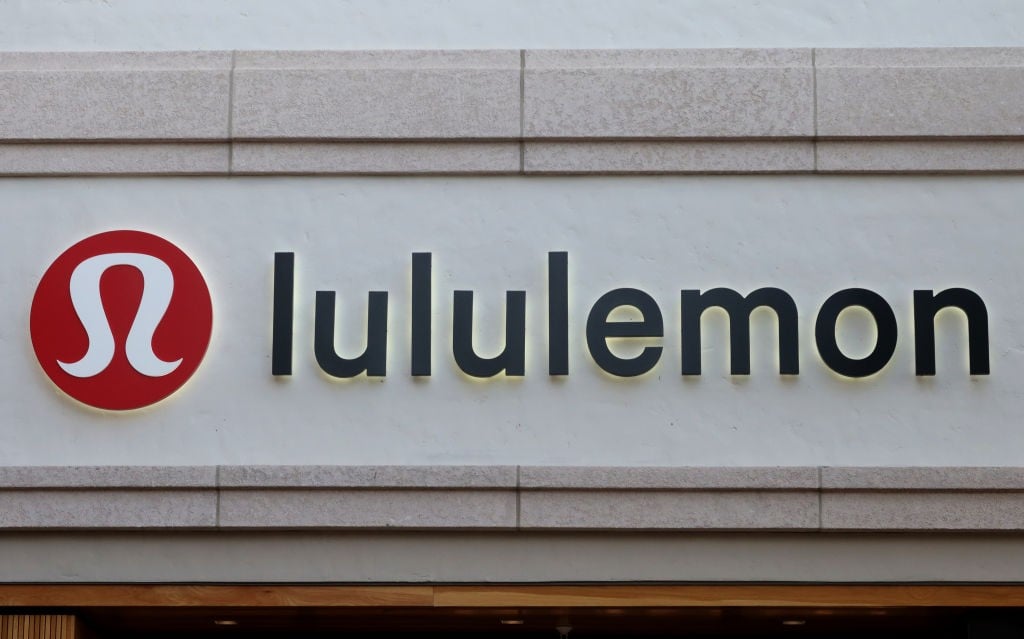It's Halloween, so let's go trick or treating down Wall Street. Shares of Lululemon Athletica (LULU +9.49%) have plummeted 44% since Halloween last year. The athleisure apparel stock has been pretty scary, but sometimes a nightmare can be a dream opportunity.
Is Lululemon a trick or a treat? Let's take a look at some of the reasons why the formerly high-flying premium yoga lifestyle brand is in the downward-facing doghouse. Then let's look at some of the catalysts that can make sure that the stock doesn't nama-stay there.

Image source: Getty Images.
The tricks
The downticks aren't a mistake. Lululemon has been humbled over the past year. Revenue growth has decelerated to single-digit year-over-year gains, and that's actually the good news. Earnings growth has been negative through the first two quarters of this fiscal year. Comparable-store sales -- in the Americas -- have also been on the south side of zero this year.

NASDAQ: LULU
Key Data Points
Analysts see revenue rising less than 4% this year on an 11% slide in earnings per share. An optimist can argue that Lululemon is cheap at 13 times this year's shrinking price target, but it's also trading for 11.5 times what it earned last year. A bargain is only as cheap as a company's ability to sustain its value proposition.
A margin-gnawing culprit is tariffs. Even premium textiles rely heavily on overseas outsourcing. Lululemon warned last month that tariffs and the removal of the de minimis exception would result in a $240 million reduction in gross profit this year.
The treats
There are fates far worse than trading for 13 times forward earnings and generating positive revenue growth. Lululemon also continues to be -- at worst -- a somewhat aspirational brand.
Analysts see a return to bottom-line growth next year, even if that forecast for a meager 1% increase in earnings is still well short of where it was two years earlier. Sales growth is expected to accelerate to nearly 5% in fiscal 2026.
The global athleisure market is expected to grow from $338.5 billion last year to top $716 billion come 2032 according to Fortune Business Insights, a compounded annual growth rate of nearly 10%. It's a good place to be if Lululemon can stay relevant. This brings to me to my final point -- naturally -- my pants.

Image source: Fool Fest 2025.
The wild card
I was on stage last week, talking about growth stocks on a panel presentation for Fool Fest 2025. I was wearing Lululemon trousers in public for the first time. It was an intentional fashion choice. I was discussing Lululemon as a stock that I'm keeping on a short leash, and there's a story about my pants that ties directly to its near-term performance metrics.
American Express (AXP 0.60%) introduced new benefits for its flagship personal Platinum charge card last month. Cardholders -- after enrolling for free -- now get $75 every quarter to spend at a local Lululemon store or on the retailer's official website. So with $75 to spend before September ends, I found a pair of trousers selling for $68 that normally retail for $128.
At first, this may seem like a good thing. Lululemon is going to see a bump in sales, given the large base of Amex Platinum cardholders. Don't be surprised if the current quarter -- that it will discuss in early December -- is a beat on the top line with this clever way to generate incremental sales from unlikely shoppers.
Don't be surprised if it's a miss on the bottom line. American Express isn't a charity. I don't know how much each company is kicking in to cover the $75 quarterly credit, but it's going to end up being a lower margin transaction for Lululemon.
What about Lululemon as a premium lifestyle brand? As I was on stage -- a scruffy, 50-something know-nothing breaking in my first pair of yoga pants -- I felt the value of the brand disintegrating with every second that I was being live streamed. You're going to start seeing people wearing Amex-subsidized Lululemon clothing out of obligation, not out of aspiration or fashion sense. The brand may be more visible in the wild with every passing $75 quarterly coupon, but with it the luxury of the brand grows more invisible.
Who wins in this marriage of convenience and polyester? It's probably not Lululemon. If it does bounce back, it's going to have to earn its brand ambassadors. The stock may seem cheap, but Lululemon itself can't afford to be cheap.





